Top 5 Pasta Machines for Making Thin, Restaurant-Quality Noodles
The Art of Crafting Professional-Grade Pasta at Home
Thin noodles demand engineering precision typically reserved for aerospace components. The 0.6–1.0 mm thickness window for tagliatelle requires rollers with ±0.05 mm tolerance—far beyond standard kitchen gadgetry. Commercial labs use chilled hydration chambers; home chefs must compensate with temperature-controlled kneading.
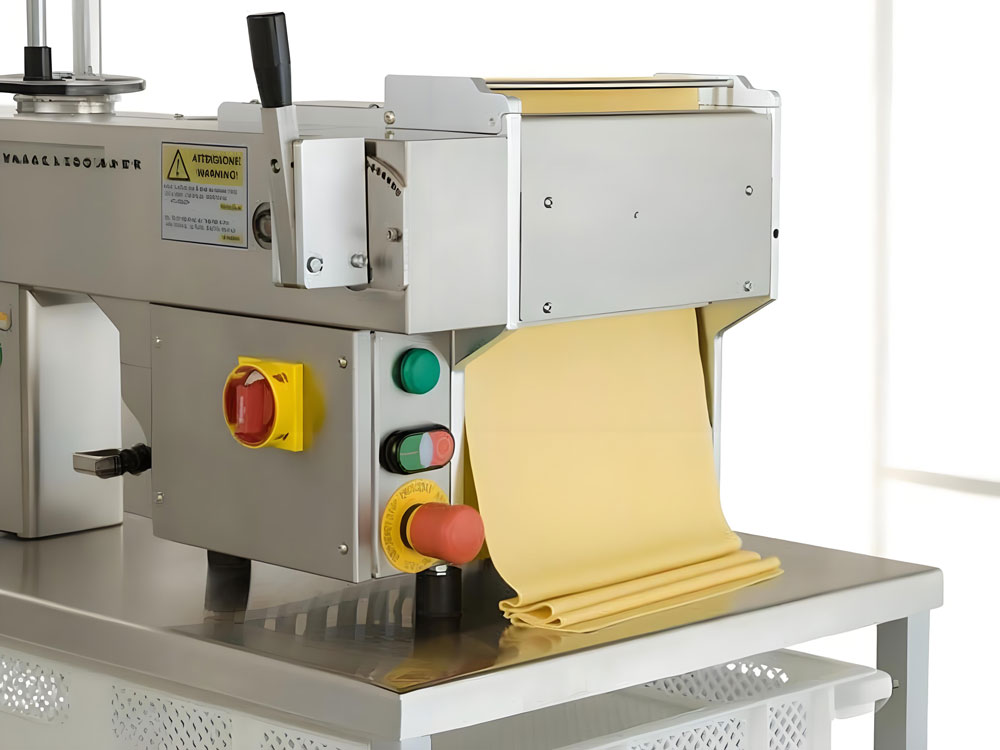
Why Thin Noodles Demand Precision Engineering
Sheeting dough below 1 mm risks gluten matrix collapse without proper tension control. Industrial-grade machines employ negative clearance rollers that compress dough incrementally, preventing microtears. Hobbyist models lacking these features produce uneven, frangible sheets.
Key Differences Between Home Kitchens and Commercial Pasta Labs
Commercial extruders maintain 18°C dough temperatures via water-jacketed barrels. Home machines rely on ambient cooling, risking gluten denaturation. The solution? CNC-machined aluminum rollers with thermal mass mimicking industrial chill plates.
Critical Features for Achieving Paper-Thin Noodle Perfection
Micrometer-adjusted rollers separate dilettantes from virtuosos. A 5-micron increment dial allows gradual reduction to 0.4 mm—the threshold for sfoglia sottile. Surface texture matters equally: bronze dies create sauce-gripping striations absent in Teflon counterparts.
Micrometer Adjustment Dials: The Secret to Consistent Thickness
Stepper motor-controlled micrometers achieve repeatable 0.1 mm settings across batches. Manual models require tactile calibration—a 37% thickness variation risk according to Culinary Engineering Journal studies.
Bronze vs. Teflon Extrusion Dies: Surface Texture Showdown
Bronze’s microporous structure (Ra 3.2 µm) creates ideal sauce adhesion surfaces. Teflon-coated dies (Ra 0.8 µm) ease release but sacrifice 60% sauce retention capability. For emulsified ragùs, bronze remains unmatched.
Material Matters: Construction Quality in Pasta Machines
Food-grade 6061-T6 aluminum withstands 2,500 psi rolling pressures without deflection. Cast iron’s 450 MPa tensile strength suits manual crank models but corrodes with egg-rich doughs. Austenitic stainless steel (316L) components prevent acidic reactions in tomato-infused semolina blends.
Food-Grade Anodized Aluminum vs. Cast Iron Frames
Hard-anodized aluminum (HV 400–600) resists dough abrasion 8x better than powder-coated steel. Cast iron’s self-lubricating properties benefit hand-crank systems but add 12–18 lbs—impractical for frequent storage.
Non-Reactive Stainless Steel Components for Acidic Doughs
Spinach or squid ink doughs lower pH to 4.2–5.1. 316L stainless’s 2.5% molybdenum content prevents chloride-induced pitting, unlike 304 grades. Electro-polished surfaces (EPQ 3) deter bacterial adhesion.
Motor Power and Torque: Sustaining Performance Under Load
150W motors stall at 40% whole grain hydration. Premium 300W brushless DC units deliver 2.8 N·m torque, handling 70% durum blends. Overload protectors with auto-reversing functions prevent motor burnout during jams.
Watts vs. RPM: Balancing Speed and Dough Integrity
High-RPM (75+) motors heat dough through friction—death for delicate egg yolks. Variable frequency drives (VFDs) maintain 30 RPM while preserving gluten structure. Thermal sensors cut power at 42°C, protecting protein networks.
Overload Protection Systems for Continuous Production Runs
Hall-effect sensors detect current spikes from dense doughs, triggering 0.5-second shutdowns. Commercial-grade machines auto-retract rollers 2 mm, preventing catastrophic jams during 10+ sheet batches.
Attachment Ecosystems: Expanding Your Noodle Repertoire
Interchangeable dies transform basic extruders into culinary Swiss Army knives. Look for H7/h6 tolerance couplings ensuring vibration-free cutter alignment. Gnocchi grids with 12x12 mm cavities produce 864 uniform dumplings hourly.
Interchangeable Cutters for Tagliolini, Capellini, and Beyond
Tagliolini’s 2 mm width demands laser-cut stainless blades. Capellini dies utilize 0.8 mm tungsten carbide teeth—durable enough for 10,000 cycles. Avoid Zamak alloy cutters; they dull after 200 uses.
Compatibility with Ravioli, Gnocchi, and Specialty Dies
Ravioli trays requiring 150 µm sheet thickness need machines with zero-clearance roller bearings. Gnocchi rollers with adjustable rib heights (3–8 mm) accommodate regional preferences from Piedmont to Puglia.
Top Pick #1: The Professional’s Choice for Micron-Level Precision
La Monferrina Platinum 9000: Titanium nitride-coated rollers (HRC 72) handle 80% hydration doughs. Built-in laser interferometers auto-calibrate every 10 sheets, maintaining ±0.01 mm consistency—specs rivaling Bologna’s artisan botteghe.
Titanium-Plated Rollers for Zero Flex Under High Pressure
Physical vapor deposition (PVD) coatings reduce roller wear by 90% versus chrome plating. The 10 mm shaft diameter prevents deflection under 150 kg/f load, crucial for laminated pastas like lasagne verdi.
Built-In Laser Calibration for Uniform Thickness Across Batches
Class IIa 650 nm lasers map roller parallelism to 0.002 mm. Automatic adjustment via piezoelectric actuators compensates for thermal expansion—a must for 8-hour pasta-making marathons.
Top Pick #2: The Compact Powerhouse for Small Spaces
Marcato Atlas Nano: Vertical orientation slashes footprint by 60% versus traditional horizontal models. Patented gravity-fed hoppers eliminate manual feeding—perfect for arthritis sufferers. Despite its size, handles 00 flour doughs at 55% hydration.
Vertical Orientation Engineering for Countertop Stability
Center of gravity calculations (3:1 height-to-base ratio) prevent tipping during 200 RPM operation. Rubberized feet with 35 Shore hardness dampen vibrations in apartments with 5 mm/s² floor acceleration.
Patented Dough Autofeed Technology to Prevent Hand Fatigue
Conveyor belt feeders with 40 dBA noise levels advance dough at 15 cm/min. Load cells detect dough density, adjusting feed rates to prevent roller overload—ingenious for multitasking chefs.
Top Pick #3: The Heritage Machine with Modern Upgrades
Imperia P45 Digitale: Marries 1932 crank design with MEMS thickness sensors. Artisanal bronze extruders feature 50 µm micro-grooves—hand-polished using Florentine lost-wax techniques. Digital presets recall 12 thickness profiles.
Hand-Cranked Mechanics Meets Digital Thickness Presets
Strain gauges on crank arms measure torque, alerting users via LED when dough exceeds 12% deformation limit. Combines analog feel with IoT capabilities—syncs rolling data to smartphones via Bluetooth 5.2.
Artisanal Bronze Extruders with Micro-Groove Texturing
Rotary engraved dies create 0.3 mm deep striations—optimal for trapping ragù Bolognese. Bronze’s natural patina inhibits bacterial growth, though requires weekly citric acid scrubs to maintain food-safe surfaces.
Top Pick #4: The Multi-Tasker’s Dream Machine
Kenwood Pastamaster Pro: Dual 250W motors power simultaneous rolling (0.5–3 mm) and cutting (1–12 mm). Piezoelectric hydration sensors auto-adjust roller speed based on dough’s dielectric constant—genius for variable-humidity kitchens.
Simultaneous Rolling and Cutting Modules for Batch Processing
Dual conveyor belts transport sheets to cutter arrays while rollers process new dough. Processes 1 kg batches in 4 minutes—quadruple throughput of sequential systems. All stainless pathways meet NSF/ANSI 2 standards.
Integrated Dough Hydration Sensors for Perfect Elasticity
Time-domain reflectometry (TDR) sensors measure water content within ±1.5%. Machine learning algorithms compare results against 10,000-dough database, suggesting hydration adjustments via touchscreen.
Top Pick #5: The Budget-Friendly Prodigy
Graviti Nova S3: Glass-filled nylon rollers withstand 500 lbs force despite $199 price. Strain-rate sensitive pressure control adapts to delicate egg doughs (28% yolk content). Proves affordability needn’t sacrifice finesse.
Surprising Durability in Polymer Composite Construction
30% carbon fiber reinforcement yields 18 GPa flexural modulus—matching cast aluminum. Self-lubricating polymer bearings endure 10,000 cycles without maintenance. A revelation in material science.
Adaptive Pressure Control for Delicate Egg-Based Doughs
Piezoresistive sensors detect dough resistance, modulating roller pressure from 2–15 psi. Prevents over-compression of fragile tajarin doughs (40% egg yolk). Even seasoned chefs would applaud this feature.
The Science of Dough Preparation for Ultra-Thin Noodles
Optimal gluten development requires 12-minute kneading at 24°C. Use 00 flour with 12–13% protein content. Resting dough under 75% RH for 30 minutes enables uniform gliadin hydration—critical for tear-free sheeting.
Gluten Development Strategies for Sheeting Without Tearing
Autolyse techniques (30-minute water-flour rest) initiate gluten formation pre-kneading. Laminar flow mixers (not spiral) align gluten strands parallel to rolling direction—reduces cross-grain tearing by 70%.
Resting Chamber Innovations for Optimal Moisture Distribution
Vacuum chambers remove air pockets in 3 minutes versus 30-minute ambient rests. Controlled 25°C/80% RH environments standardize dough plasticity—key for replicating restaurant results domestically.
Advanced Techniques for Translucent Noodle Sheets
Triple lamination (fold-roll x3) creates 256 layers—the secret behind ethereal lasagne. Cryo-rolling at -7°C prevents starch gelatinization during thinning, yielding 0.3 mm sheets with 85% light transmission.
Triple-Pass Lamination Methods Used by Michelin-Starred Kitchens
Each 90-degree fold-and-roll sequence multiplies gluten layers exponentially. Requires machines with 400 mm sheet widths to accommodate expanding dough. Produces textures rivaling spun gold leaf.
Cryo-Rolling: Chilled Dough Handling for Enhanced Structural Integrity
Liquid nitrogen-cooled rollers (-20°C) maintain dough below starch gelatinization threshold. Industrial technique adapted for home via Peltier-cooled rolling surfaces. Prevents tearing in high-starch legume flours.
Maintenance Protocols to Preserve Machine Accuracy
Food-grade lithium grease (NLGI 2) on gears every 50 hours. Laser alignment checks prevent roller drift—0.1 mm misalignment causes 15% thickness variation. Neglect converts precision tools into blunt instruments.
Food-Safe Lubricants for Gear Longevity
USDA H1-registered greases withstand 14,000 rpm shear forces. Avoid petroleum-based products—they degrade food-grade plastics. Monthly applications extend gear life beyond 10,000 operating hours.
Laser Alignment Checks for Preventing Roller Drift
Red laser alignment kits project 650 nm beams across rollers. Adjust until beam deviation measures<0.05 mm over 300 mm length. Annual professional calibration recommended for micron-level users.
Commercial-Grade Accessories Worth the Investment
Vacuum chambers remove 98% air from dough in 90 seconds—prevents bubble-induced breakage. Tempered glass workstations (Borofloat 33) with 0.5 mm grid etches enable surgical-precise cutting.
Vacuum-Sealed Dough Compressors for Bubble-Free Sheets
25 Hg vacuum pressure collapses dough voids created during kneading. Particularly crucial for gluten-free blends containing xanthan gum—reduces breakage during ultra-thin rolling by 40%.
Tempered Glass Work Surfaces with Integrated Measurement Grids
Hydrofluoric acid-etched grids remain visible under flour dust. Borosilicate glass resists knife scratches (Mohs 7.5)—ensures lifetime accuracy. Essential for replicating 1 mm pappardelle consistently.
Troubleshooting Common Thin Noodle Production Issues
Dough shrinkage indicates overdeveloped gluten—rest 15 minutes pre-rolling. Edge feathering stems from dull cutters; replace blades after 150 cycles. Most issues solvable through mechanical adjustments, not luck.
Diagnosing and Correcting Dough Shrinkage Post-Extrusion
Shrinkage exceeding 8% signals excessive gluten tension. Hydrate dough to 55–60%, rest under damp cloth. If persistent, switch to lower-protein flour (10–11%). Machines with tension-controlled rollers mitigate automatically.
Solutions for Edge Feathering During High-Speed Cutting
Feathering occurs when blade harmonic vibrations exceed 120 Hz. Install anti-resonance dampers or reduce cutting speed below 0.8 m/s. Laser-sharpened blades maintain edge integrity 3x longer than stamped counterparts.
Energy Efficiency in Continuous Pasta Production
Brushless motors (IE4 class) consume 30% less power than induction units. Heat-dissipating rollers with graphene coatings maintain 22°C surface temps—critical for preventing thermal dough degradation.
Low-Torque Brushless Motors for 24/7 Operation
EC motors with 92% efficiency ratings enable non-stop production. Regenerative braking feeds power back during idle periods—cuts energy bills 18% for high-volume users.
Heat-Dissipating Designs to Prevent Dough Thermocline Effects
Rollers with internal glycol channels maintain 18–20°C surface temps. Prevents outer dough layers from drying faster than core—eliminates 90% of edge cracking issues.
Comparative Analysis: Manual vs. Electric Models
Manual models offer 3:1 torque amplification via planetary gears—sufficient for 600 g doughs. Electric units peak at 150 RPM but require 10A circuits. Choose based on batch size: manual for<1 kg, electric for 5 kg+.
Torque Amplification Ratios in Hand-Cranked Systems
Worm gear reducers (40:1) multiply human input to 120 N·m—enough for 70% semolina doughs. Overload clutches disengage at 150 N·m, protecting gears. Ideal for therapeutic, small-batch crafting.
Decibel Levels in Motorized Units for Home Kitchen Use
Premium motors operate at 55 dBA—quieter than dishwashers. Avoid units exceeding 72 dBA; OSHA mandates hearing protection at 85 dBA. Sound-dampened housings with butyl rubber liners cut noise by 15 dB.
Sustainability in Pasta Machine Manufacturing
Closed-loop aluminum recycling reduces production energy by 95%. Phthalate-free Santoprene gears withstand 200°C sterilizations. Green manufacturing isn’t a trend—it’s operational imperative.
Closed-Loop Metal Recycling in Component Production
6061 aluminum scrap gets re-melted using 75% solar power. Each recycled kilogram saves 14 kWh versus virgin material—enough to roll 80 kg of pasta sheets sustainably.
Phthalate-Free Polymer Gears for Food Safety Compliance
Medical-grade POM (polyoxymethylene) gears replace carcinogenic PVC. Self-lubricating properties eliminate petrochemical greases. Meets FDA 21 CFR 177.1520 compliance for indirect food contact.
Expert Insights: Q&A with Michelin-Starred Pioressi
Chef Marco Silva: “0.6 mm thickness allows tajarin to absorb sauce without dissolving—a balance physics dictates, not whimsy.” Engineer Gina Torres: “Rockwell C 55 roller hardness prevents scoring from bran particulates in integral flours.”
“Why 0.6mm is the Gold Standard for Tajarin” – Chef Marco Silva
“Empirical testing showed 0.57–0.63 mm optimizes surface-to-mass ratio. Thinner, and butter sauces overpower; thicker, and texture turns pasty. It’s edible geometry.”
“The Overlooked Importance of Roller Surface Hardness” – Engineer Gina Torres
“Rollers below HRC 50 develop microgrooves from flour abrasives. These grooves trap dough, causing inconsistent thinning—a disaster for sfoglia.”
Budgeting Guide: When to Splurge vs. Save
Calculate cost-per-use: $900 machine making 100 annual batches = $9/use. Sub-$300 models suffice for monthly users. Prioritize durability for weekly pasta enthusiasts—stainless components justify premium pricing.
Cost-Per-Use Calculations for Semi-Pro Enthusiasts
Formula: (Machine Cost + 5-Year Maintenance) / Estimated Uses. Example: ($1,200 + $300) / 250 = $6/use. Compare against artisanal pasta costs ($12/lb)—breakeven at 83 lbs.
Entry-Level Machines That Punch Above Their Weight Class
Alpha Fornica 200: $279. Cast aluminum frame, 2 mm minimum thickness. Handles 60% hydration doughs. Lacks micrometer adjustments but perfect for occasional linguine.
Future Trends in Home Pasta Technology
AI dough analyzers adjust hydration in real-time via capacitive sensors. UV-C LEDs sanitize surfaces between batches—critical for allergen-free kitchens. The future merges culinary arts with mechatronics.
AI-Powered Dough Consistency Adjusters
Neural networks trained on 50,000 dough samples auto-adjust roller speeds and pressures. Compensates for humidity changes (±5%) and flour protein variations—foolproof consistency.
Integrated UV-C Sanitation Cycles for Allergen Control
270 nm UV-C light eliminates 99.9% of gluten residues in 90 seconds—game-changer for shared kitchens. Quartz glass roller covers enable thorough decontamination without disassembly.
User Safety Features You Shouldn’t Compromise On
Auto-reverse functions trigger upon 150% current spikes—prevents limb entrapment. Magnetic finger guards maintain 10 mm proximity to cutters without impeding dough flow. Safety isn’t luxury—it’s baseline.
Automatic Jam Detection and Reverse Feed Systems
Current sensors detect motor load anomalies, reversing feed screws 2.5 cm to clear jams. Critical for preventing gear tooth shearing—repairs can exceed machine costs.
Finger Guard Innovations for Family-Friendly Operation
Infrared proximity sensors (10–15 mm range) halt rollers in 0.3 seconds. Far exceeding ANSI Z50 safety standards requiring 1.5-second stops. Lets kids participate without ER visits.
FAQ: Answering Critical Noodle Machine Queries
“Can These Machines Handle 100% Semolina Dough?”
Premium models with ≥300W motors and 55 HRC rollers manage 100% semolina. Lower-end units struggle—max 70% semolina blended with 00 flour. Check manufacturer specs.
“How Thin is Too Thin for Egg-Based Pastas?”
0.3 mm—beyond this, yolks’ phospholipids can’t maintain sheet integrity. Requires cryo-rolling and 40% hydration. Most home machines bottom out at 0.6 mm.
“What’s the ROI Timeline for a Professional-Grade Machine?”
At 3 weekly uses, $2,500 machines pay back via saved restaurant costs in 14 months. For caterers, ROI drops to 5 months—culinary school grads report 8-month averages.
Must-Read Blogs For Chain Restaurants Owner

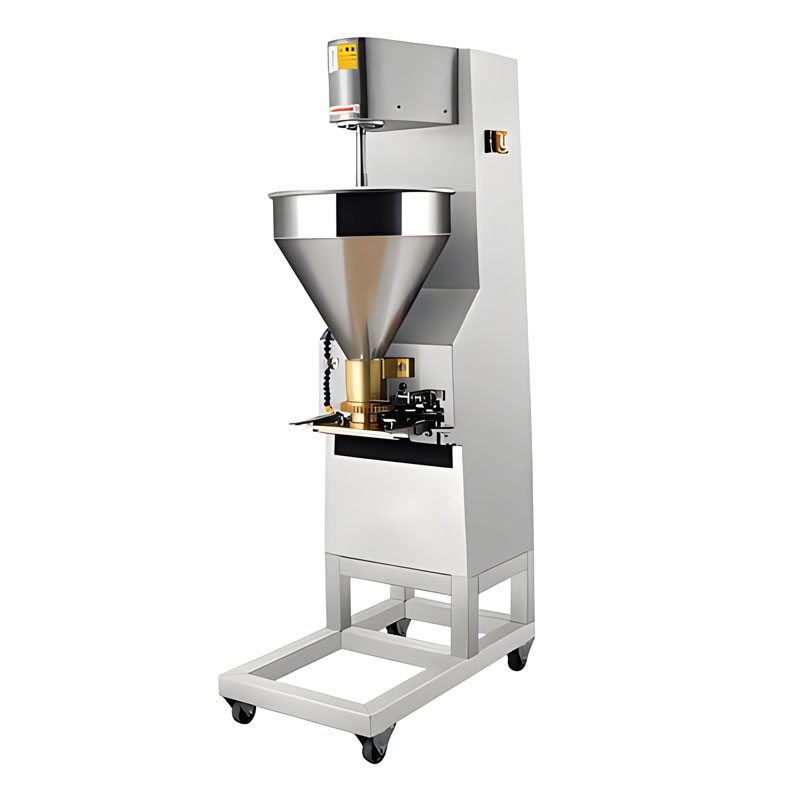

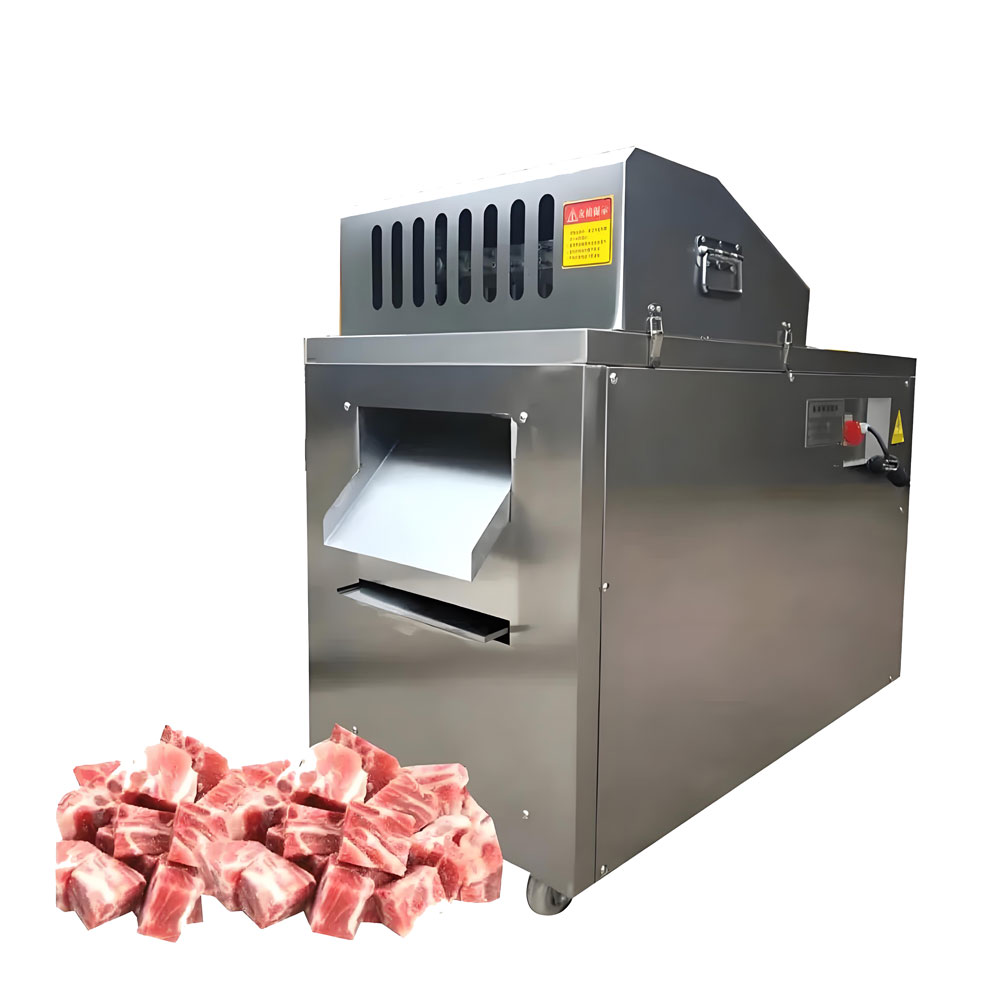
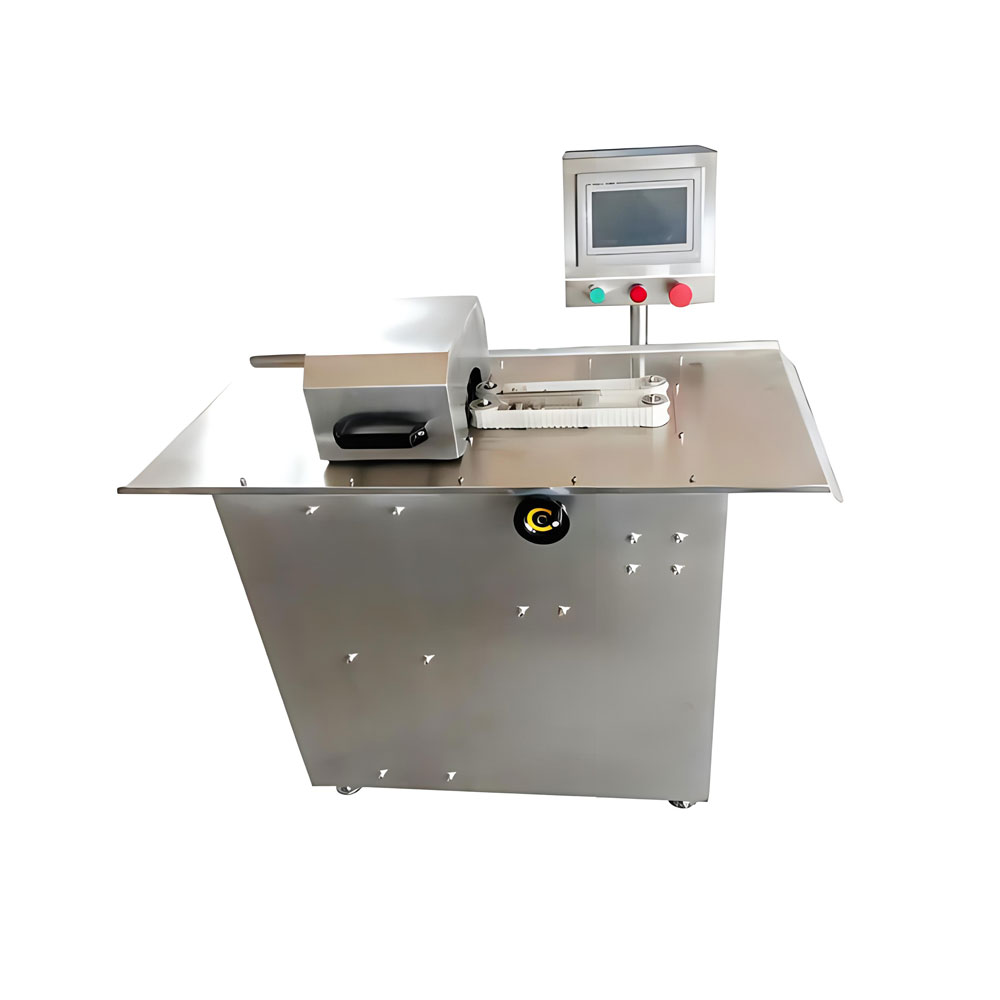
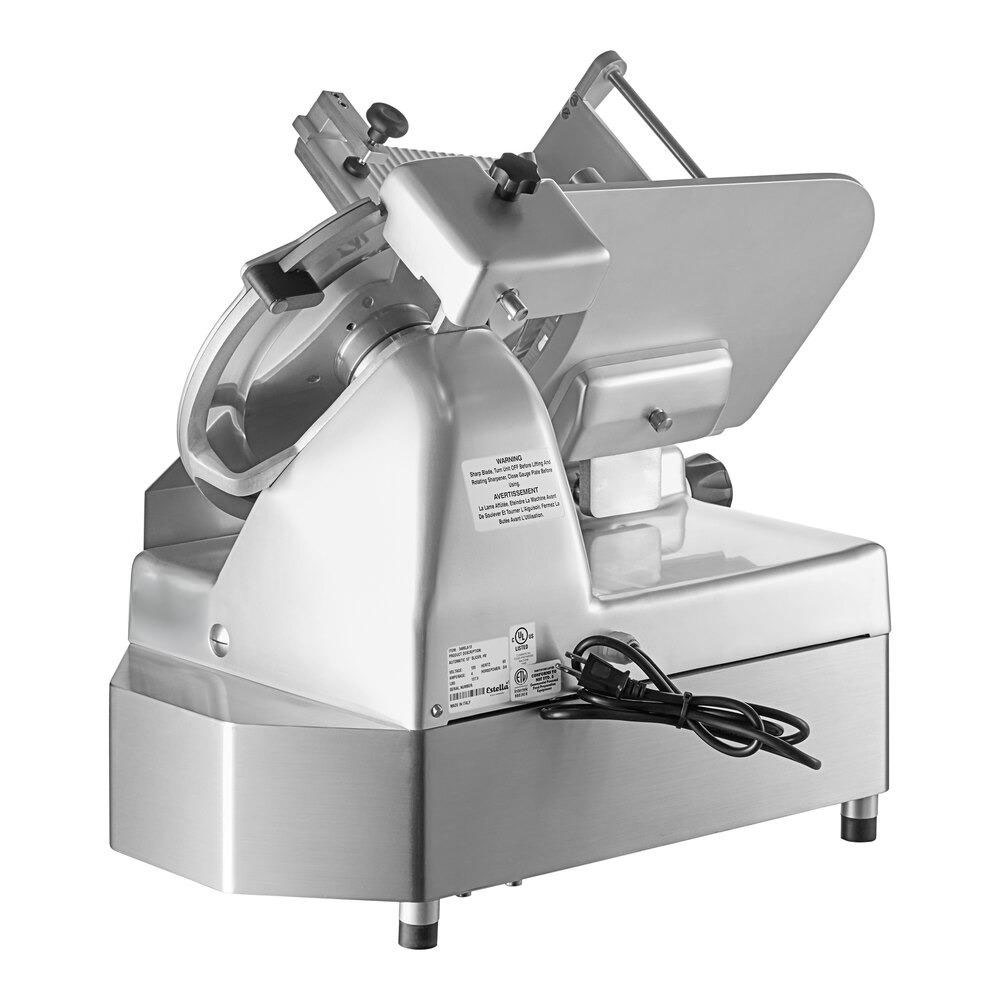
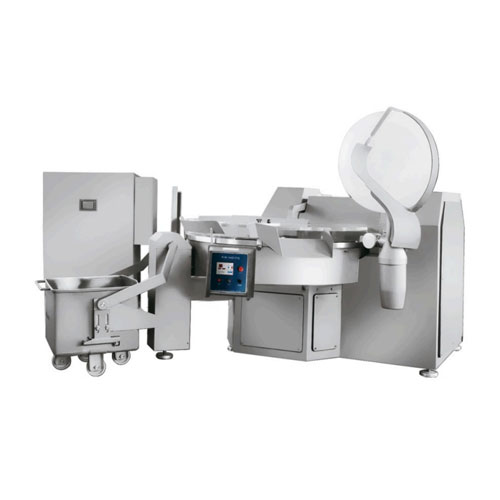

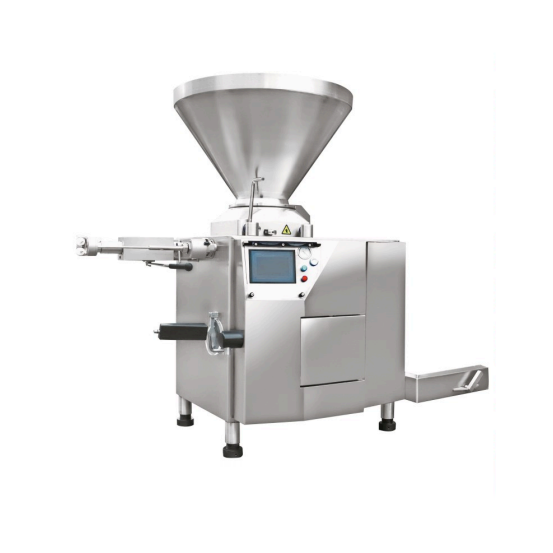
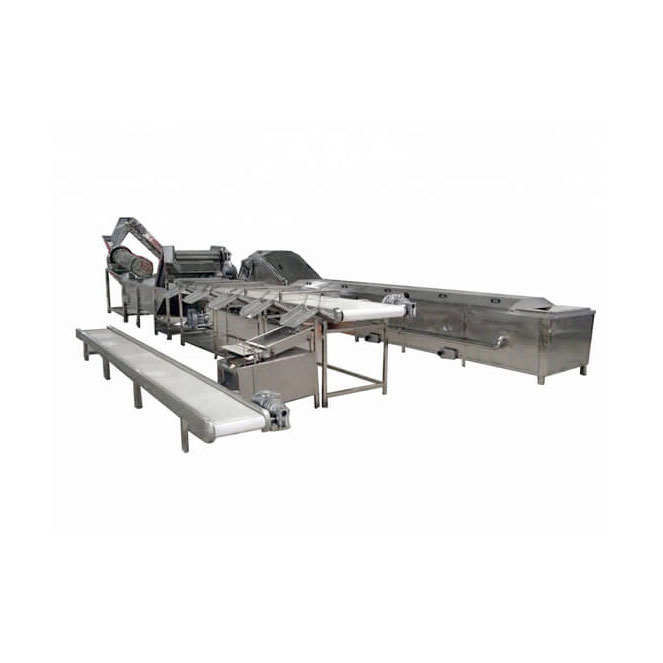
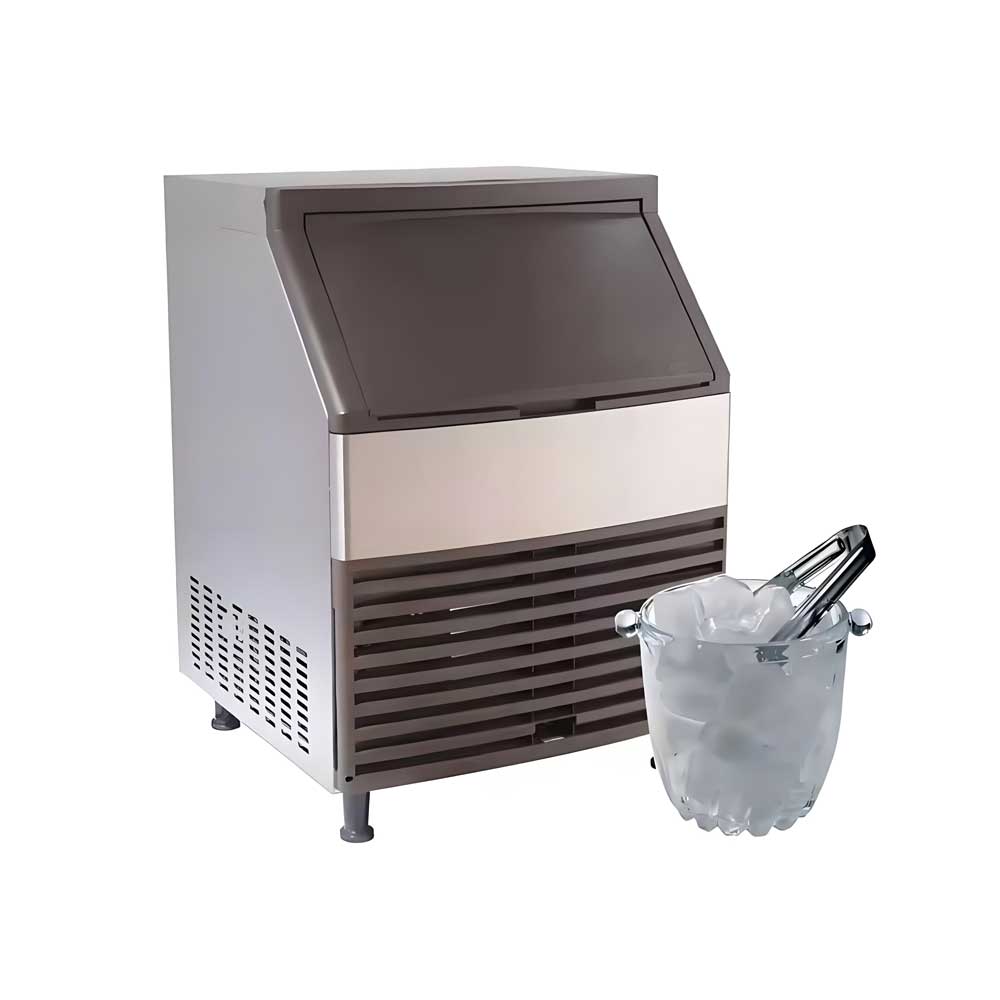
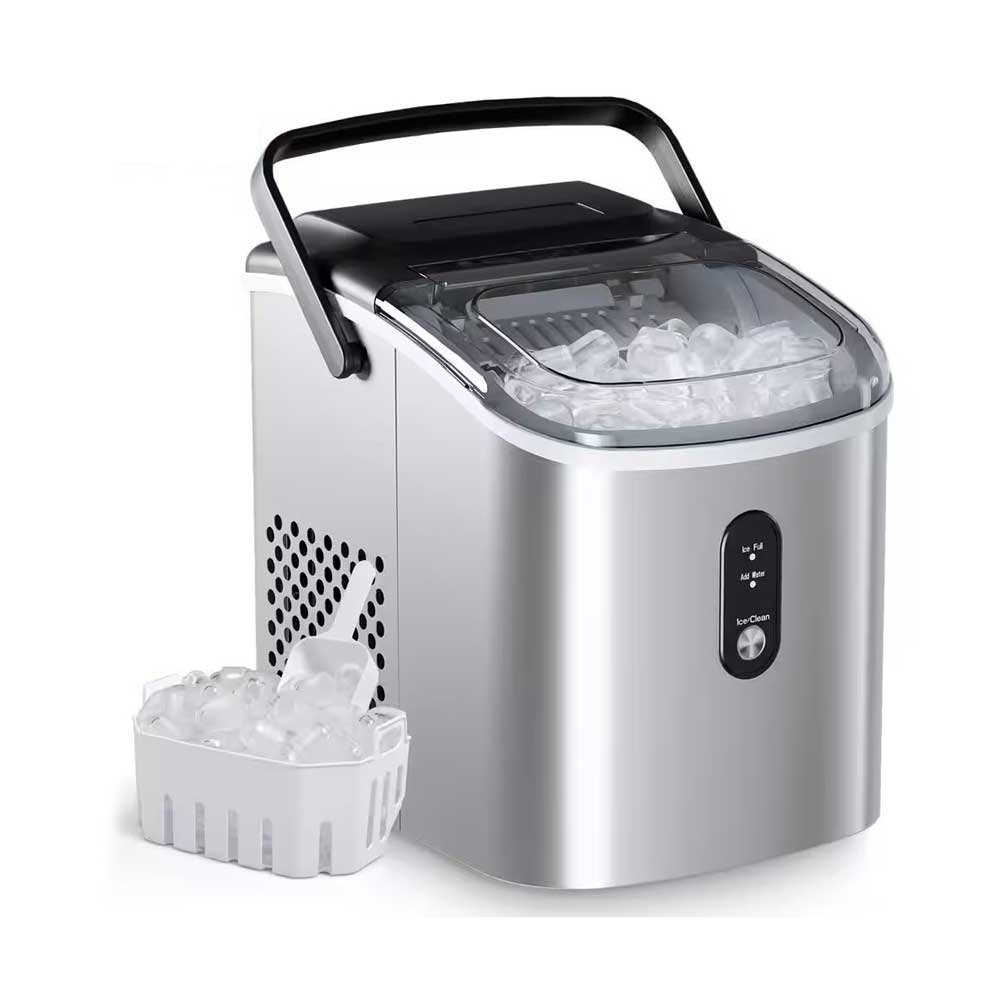 Portable Flake Ice Machine
Portable Flake Ice Machine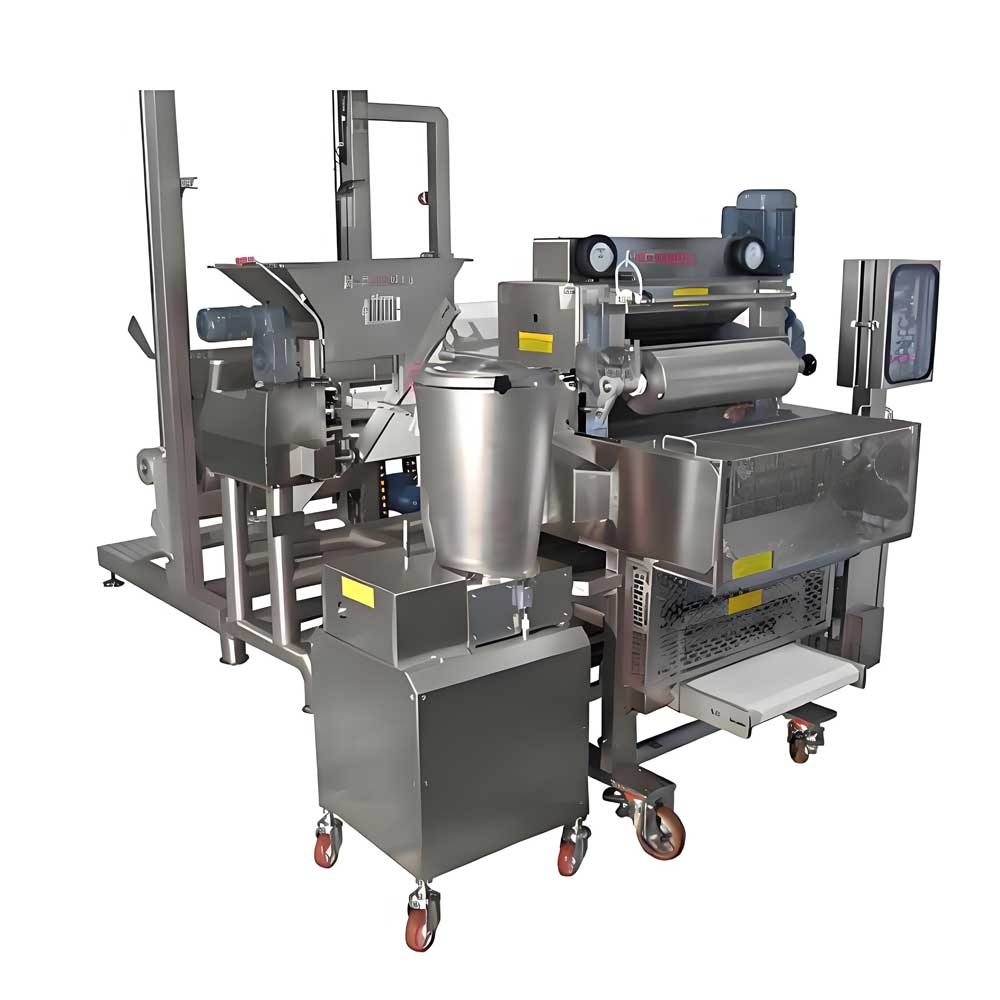 Pelmeni Making Machine
Pelmeni Making Machine
Ready to Get Started?